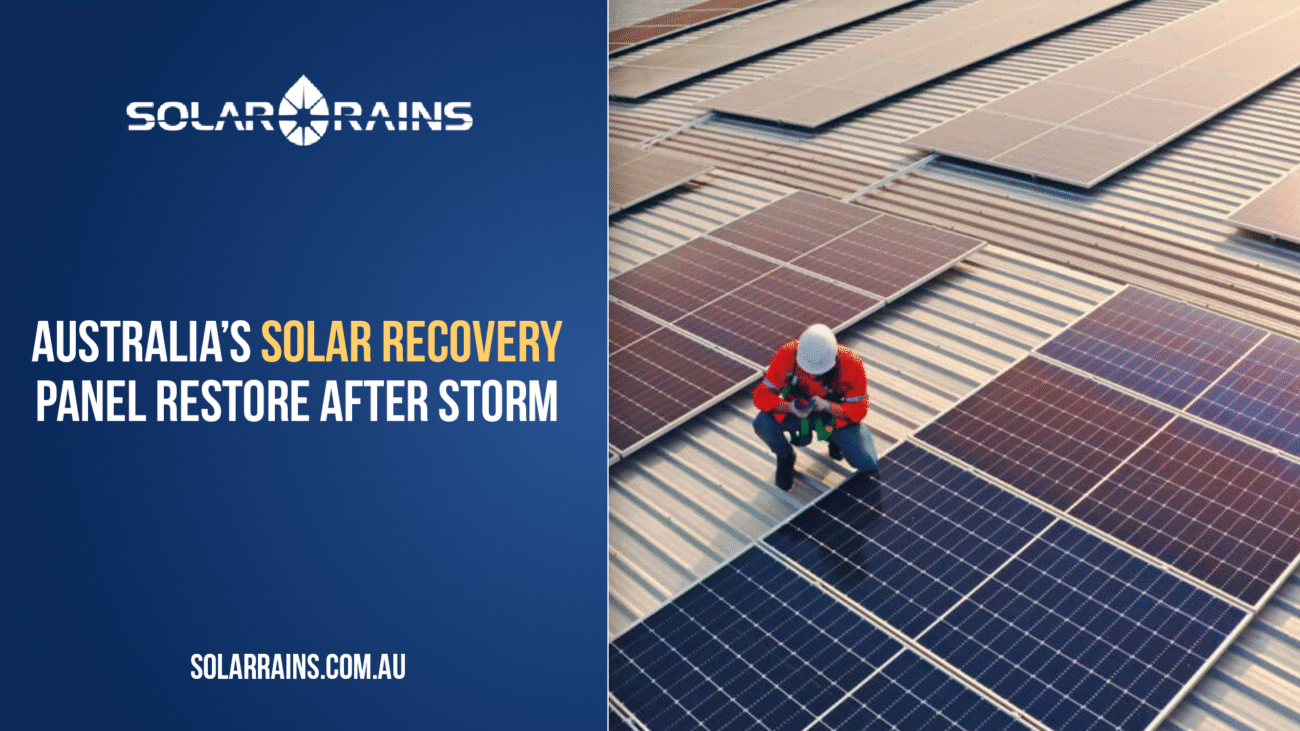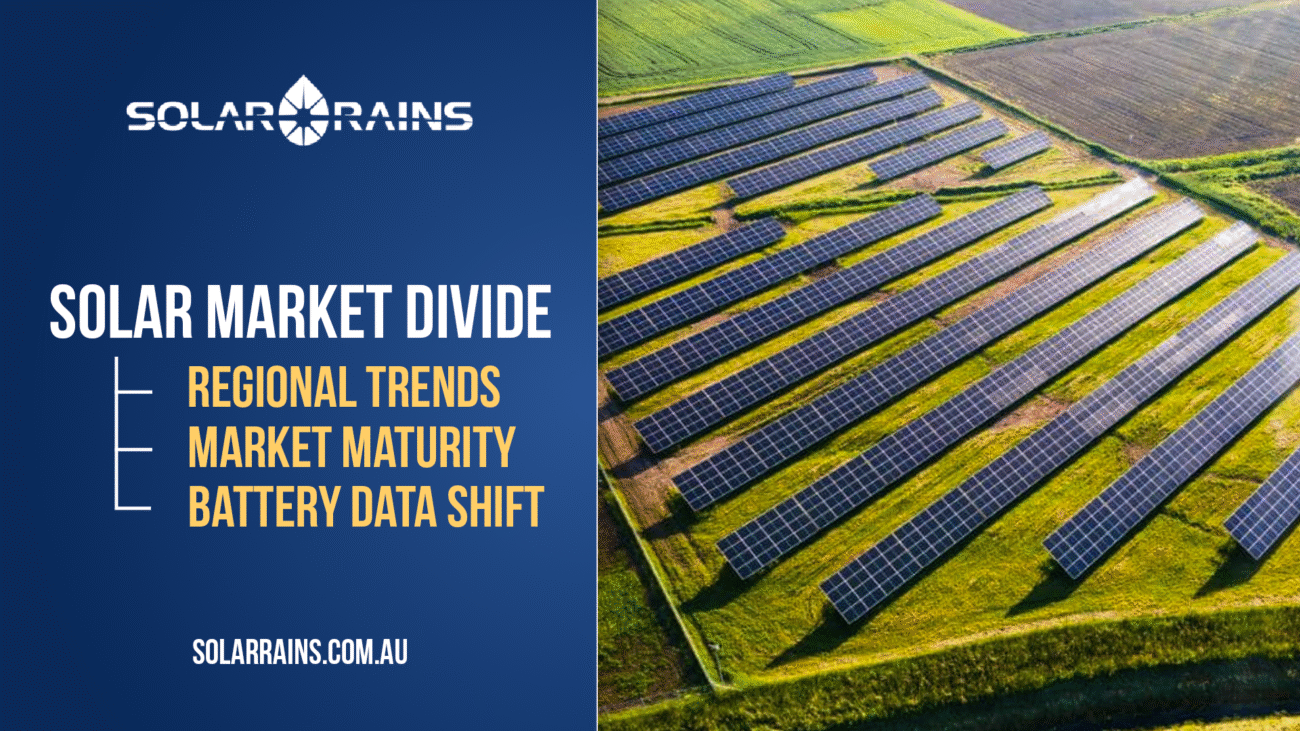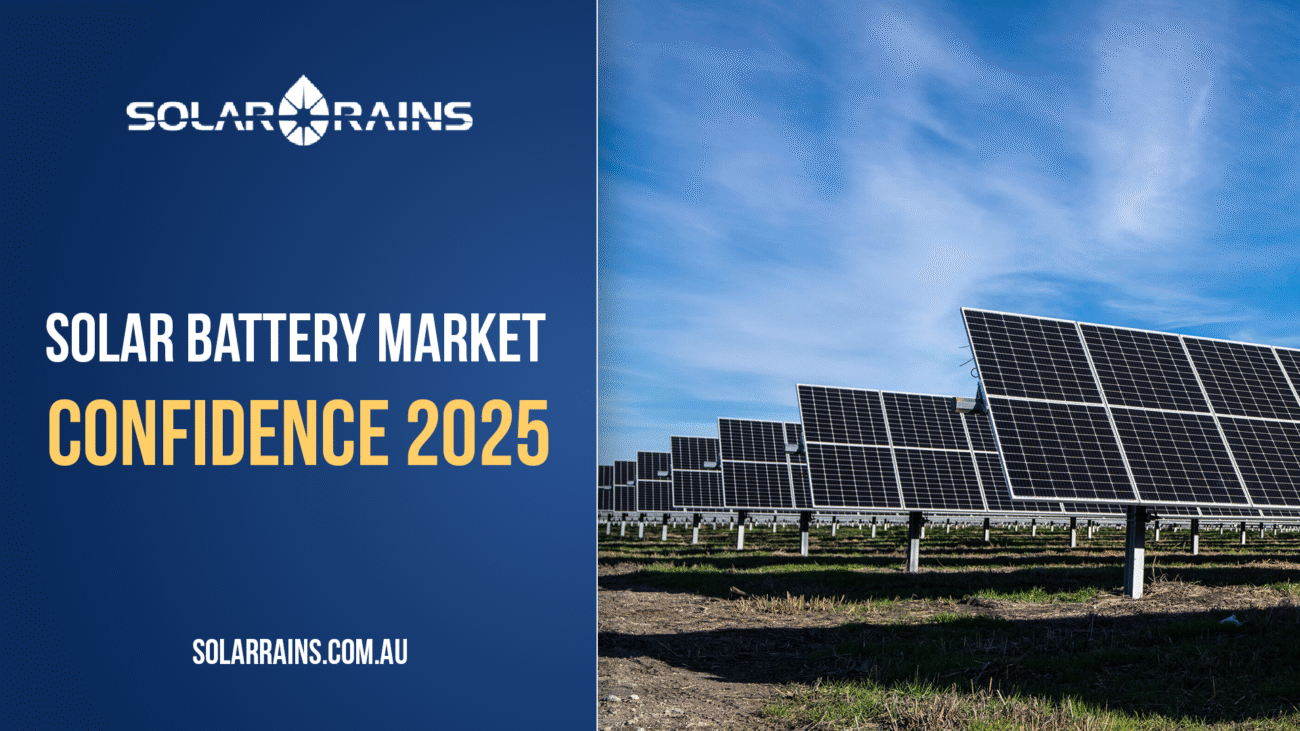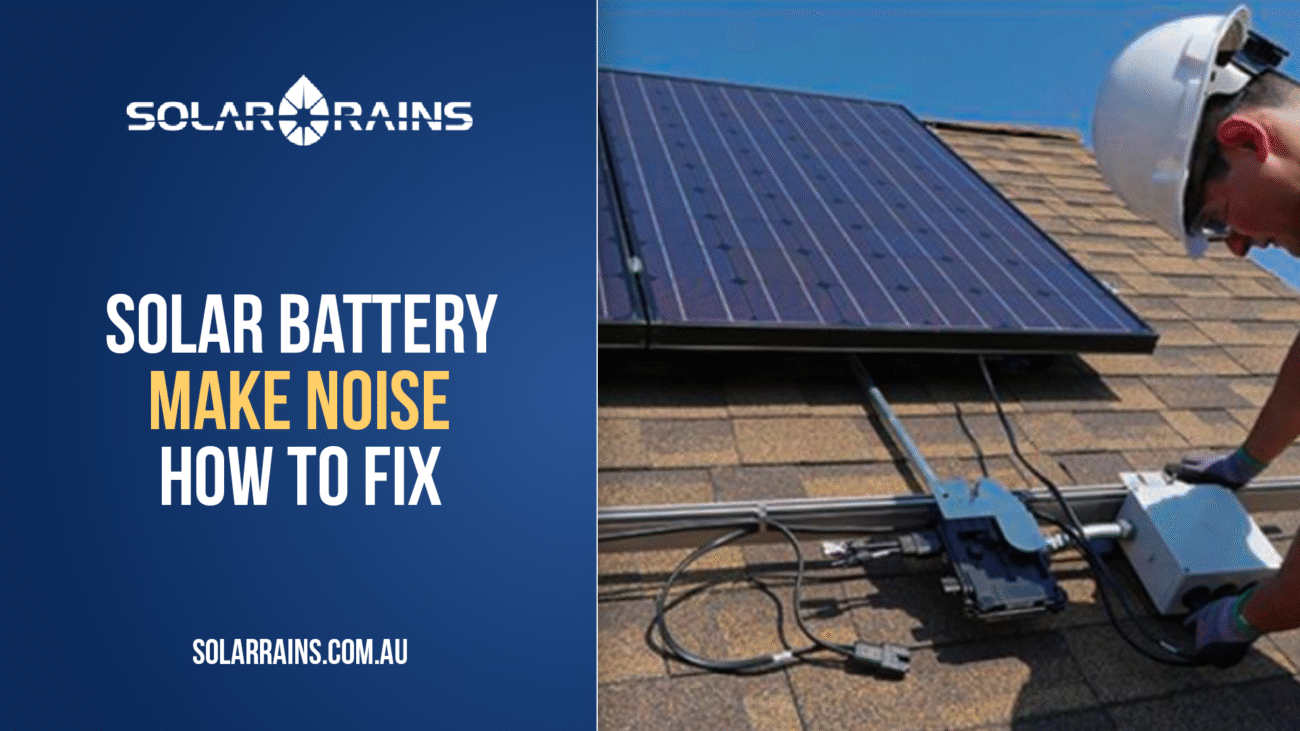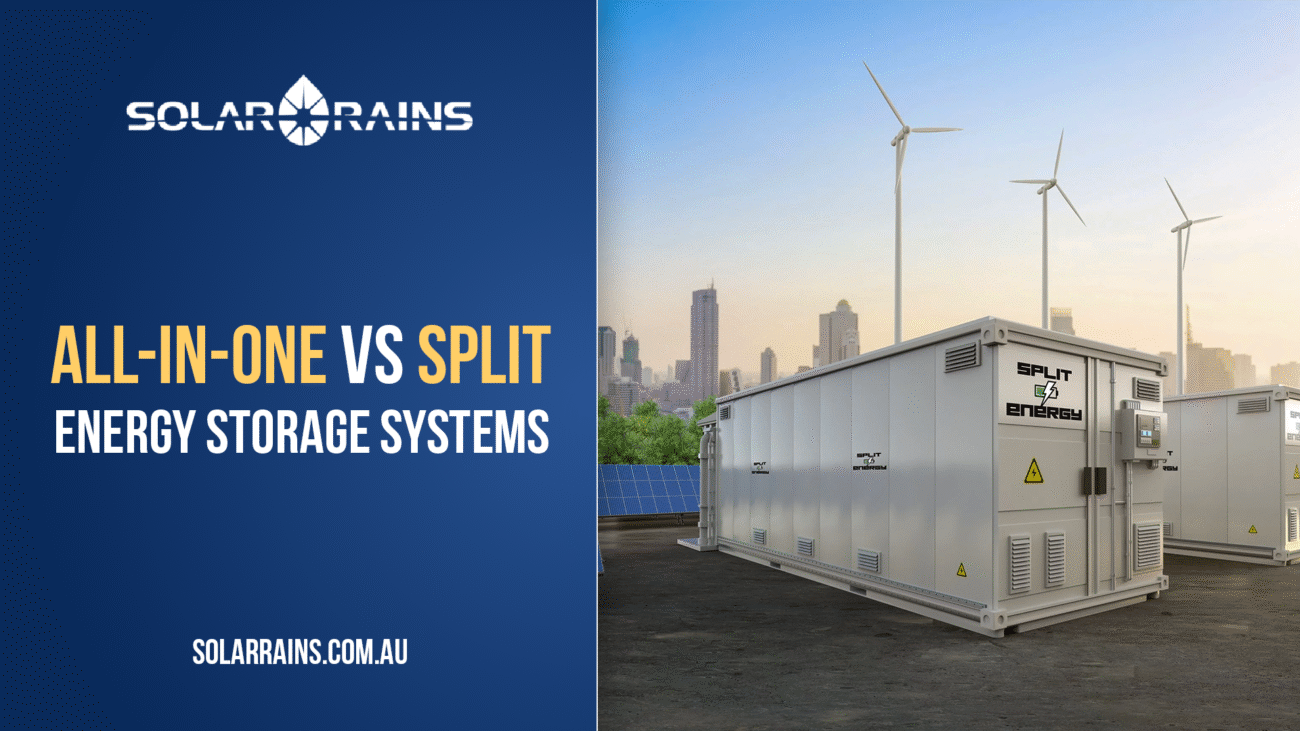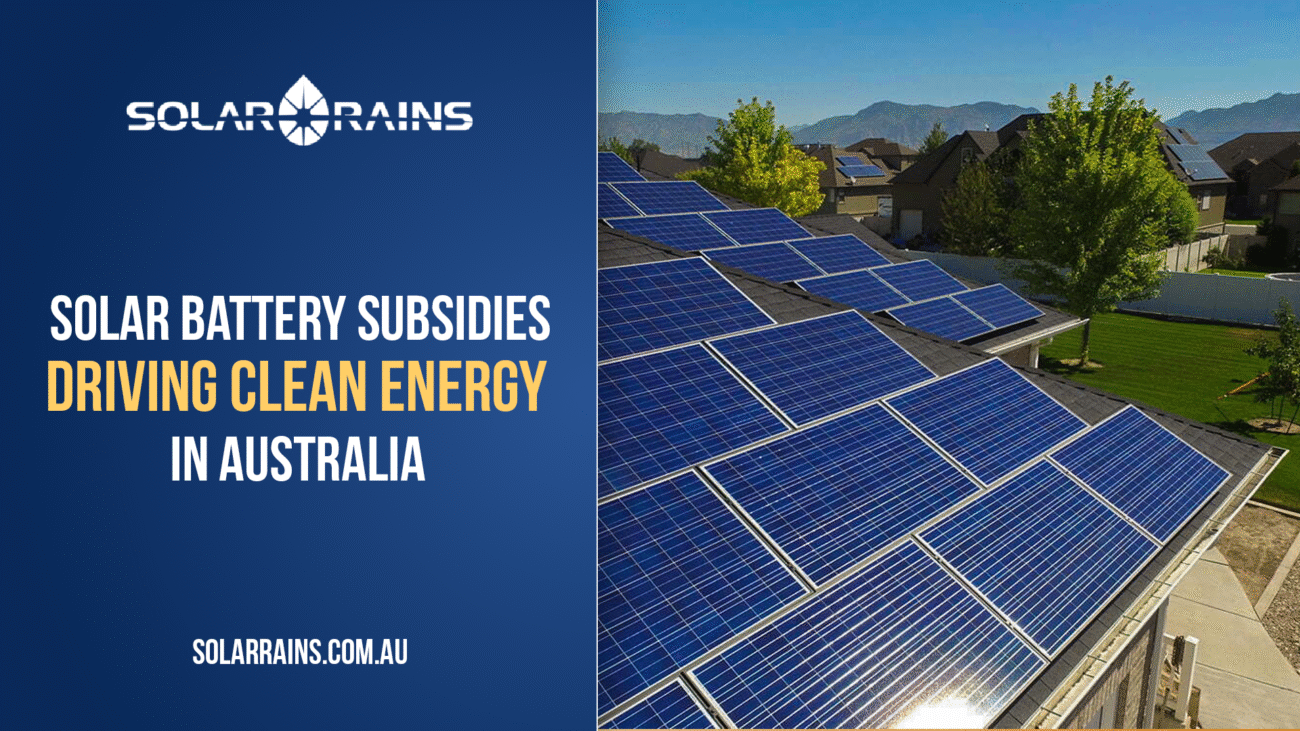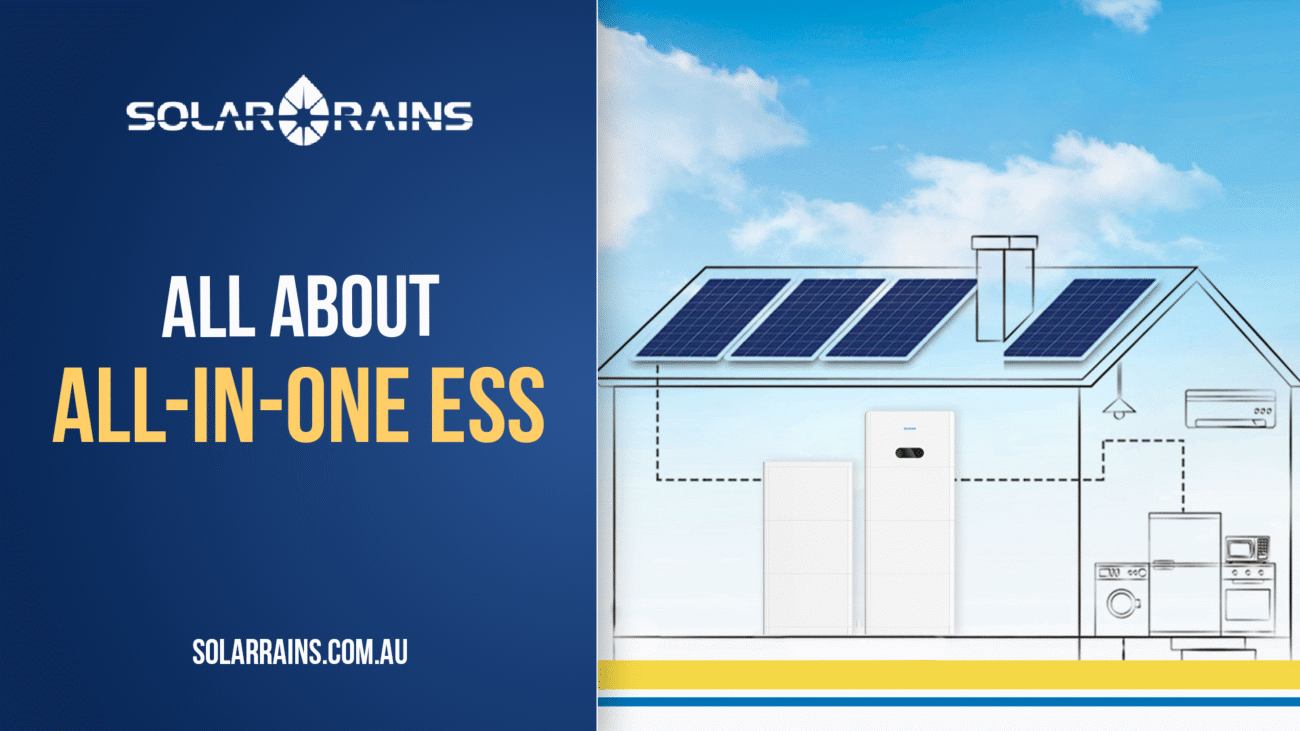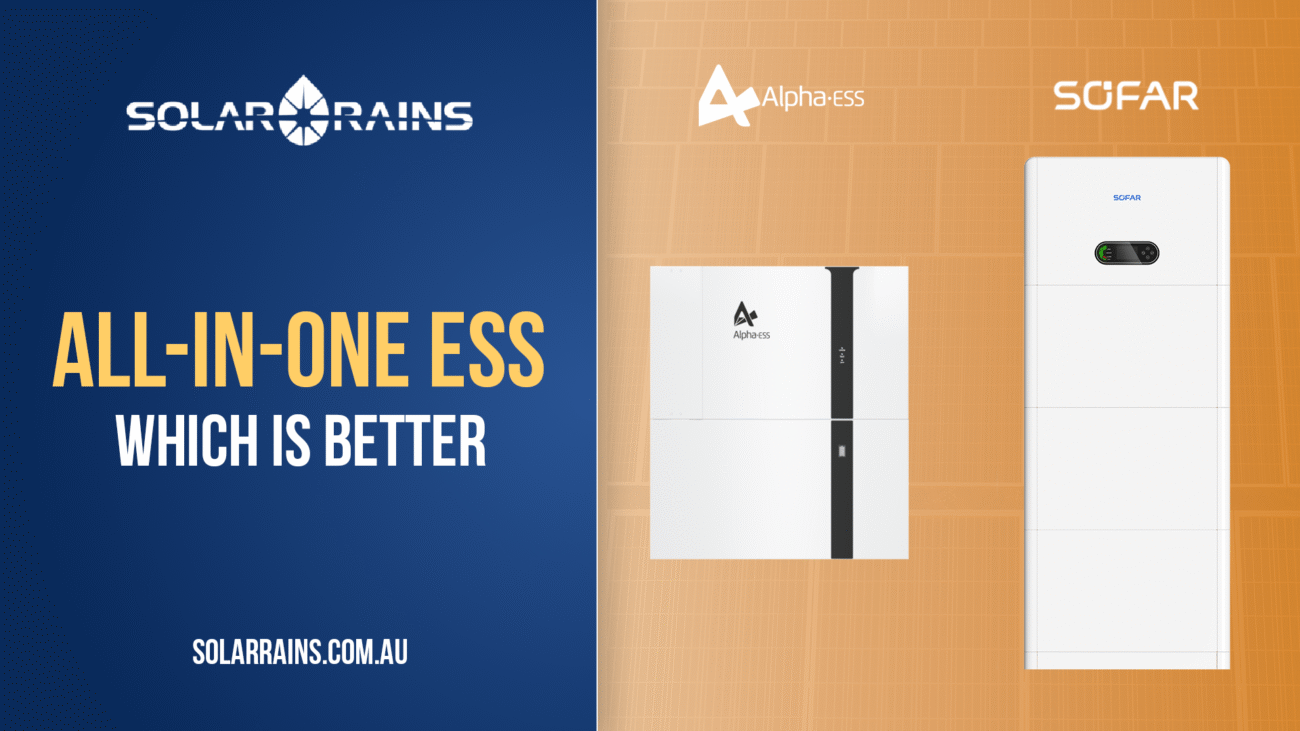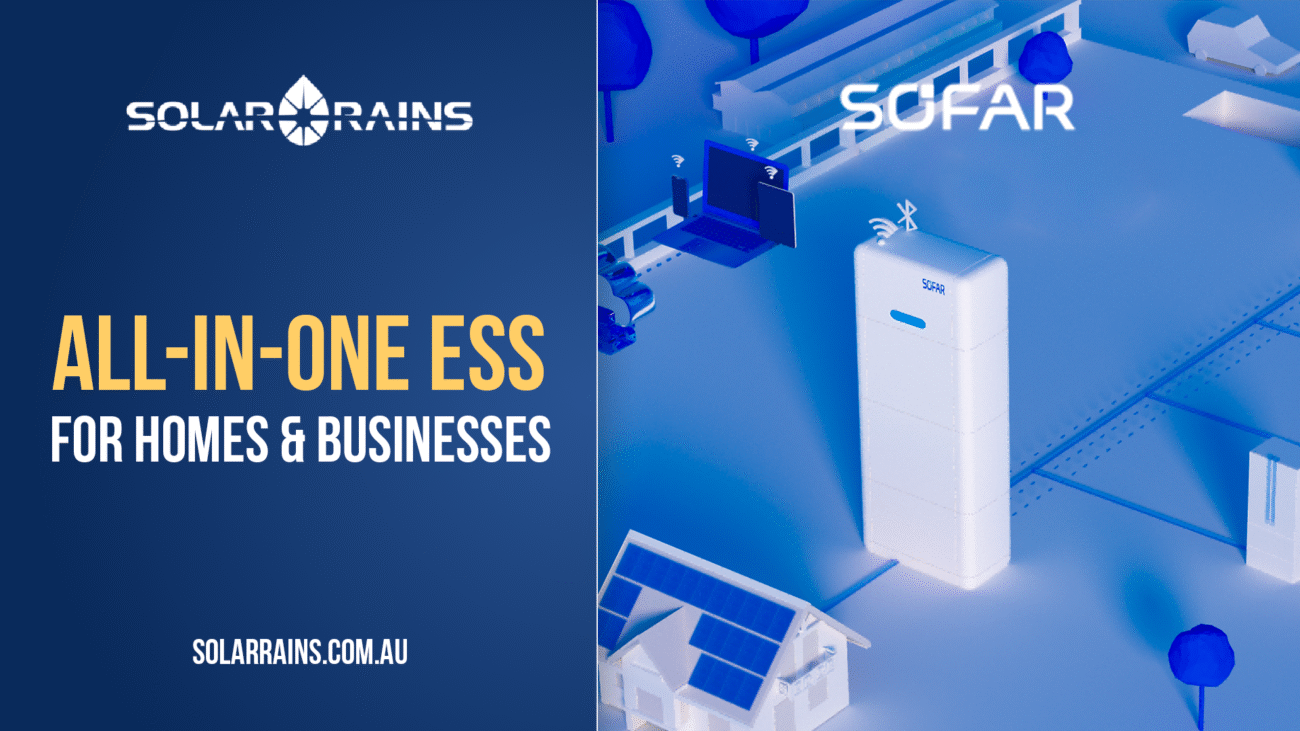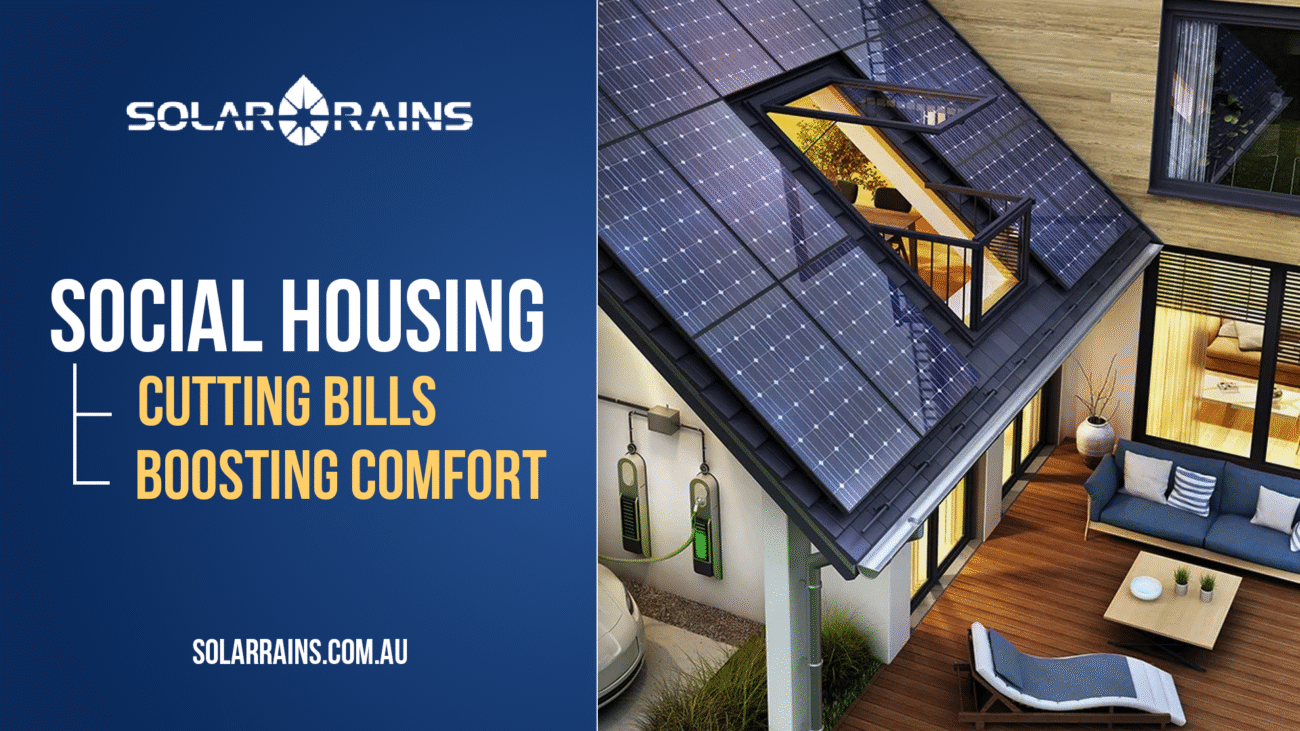When the Sun Breaks, Recovery Matters
Natural disasters are becoming more frequent and more intense across Australia. For solar power suppliers, that means a higher risk of system damage and a growing need for post-disaster recovery plans. After a major storm like the recent cyclone in Queensland’s Gold Coast, thousands of solar panels were smashed, racking twisted, and electrical infrastructure compromised.
But the challenge isn’t just about replacing broken panels, it’s about finding panels that still fit.
That’s where compatible replacement solar products and proactive supply solutions step in.
The Real Cost of Solar Downtime
Every day a commercial or residential solar system sits offline is a day without energy savings or worse, rising energy costs. Most of the solar battery and inverter models installed a decade ago are now obsolete. Connectors, dimensions, and power ratings may no longer match new solar products, making like-for-like replacements nearly impossible.
Many solar product wholesale options focus only on selling what’s new, not what’s compatible.
That’s why solar recovery services that prioritise fit and function are critical.
What Are Compatible Solar Panels?
Compatible panels are specially engineered replacements that match the physical and electrical characteristics of legacy panels, even if those panels are no longer manufactured. For solar suppliers and operators, they offer:
- Same dimensions, mounting holes, and voltage profiles
- Seamless racking compatibility
- Minimal design changes or permitting issues
- Faster recovery without system redesigns
A good solar supplier like Solar Rains or strategic partners such as GBP can provide over 800 legacy panel types to suit specific regional projects.
How Compatible Panels Save Time, Money & Carbon
The benefits of using compatible solar products, especially solar batteries and panels go far beyond convenience:
| Benefit | Standard Replacement | Compatible Replacement |
| System Downtime | Weeks to months | Days to weeks |
| Re-permitting / redesign | Often required | Usually not required |
| Fit & electrical match | Rare | Precisely engineered |
| Cost efficiency | Higher capex | Lower total cost of ownership |
| Waste generation | High (full system replaced) | Low (partial, efficient upgrades) |
Compatible solutions are aligned with circular economy goals — they reduce waste, maximise asset life, and minimise overcapitalisation.
Solar Battery & Inverter Compatibility in Post-Storm Context
A common misconception is that only solar panels are affected during a storm. In reality, inverters, solar batteries, cable trays, and DC isolators may also be damaged. If a single battery or inverter module fails in a hybrid system, it may be hard to replace without a full upgrade, unless you’re working with a solar supplier that offers backward-compatible options.
At Solar Rains, we encourage solar power suppliers to think long-term, especially in Australia’s rural regions where logistics are costly and downtime is unacceptable.
Product Infrastructure: More Than Just Panels
Modern solar recovery needs to include a wide range of replacement and support products:
- Solar batteries with hybrid inverter compatibility
- Cable management tools such as stainless steel cable clips or solar label kits
- MC4 connectors, isolators, and insulation tape for safe reinstallation
- Customised cable trays and conduit accessories for mounting and protection
- Replacement inverters, ideally hybrid or string models that match legacy units
Lessons from the Field: Why Compatibility Matters
In Gold Coast and regional Queensland, recent storm damage showed that even well-built systems can fail under extreme conditions. For school buildings, off-grid farms, and community centres, the ability to replace a failed panel or inverter without waiting months for a system redesign is critical.
Projects that had access to compatible solar products from experienced solar suppliers like GBP or Solar Rains were back online up to three times faster.
How Compatible Panels Work with Solar Batteries
When paired with solar batteries, compatible panels can provide backup and performance continuity. This is especially important for hybrid battery systems where the voltage and current profile must be carefully matched.
Advantages for solar battery integration:
- Protects critical loads during outages
- Maintains battery charge cycle consistency
- Avoids imbalance in hybrid inverter configurations
- Preserves warranty and feed-in tariff conditions
Explore our solar battery range for legacy-compatible options.
Who Should Consider Compatible Solar Solutions?
Compatible solar products aren’t just for disaster zones, they benefit any site with older infrastructure:
- Regional schools needing fast, safe recovery
- Commercial solar farms in remote areas
- Government & council buildings with legacy solar systems
- Off-grid homes depending on solar battery and inverter continuity
- Solar power suppliers looking to offer high-availability service contracts
In every case, solar product compatibility can reduce costs, accelerate recovery, and minimise system disruption.
Partnering with a Solar Supplier Who Understands Recovery
Choosing the right solar supplier is more than picking products, it’s choosing expertise. Solar Rains partners with manufacturers and global networks that specialise in disaster recovery and system continuity. From solar batteries to customised cable trays and IP-rated enclosures, we support energy reliability where it matters most.
For solar power suppliers, this means:
- Direct access to legacy-compatible panels & batteries
- Engineering support for replacements
- Shorter lead times & faster delivery
- Sustainable outcomes for your clients
FAQs
Yes, with compatible panels designed to match the original specifications. Ask your solar supplier for compatibility support.
In hybrid systems, a mismatch can cause imbalance. Look for panels with similar voltage and current output or consult Solar Rains for battery-matched modules.
Most solar power suppliers can check based on your model and installation date. Solar Rains offers a compatibility check tool.
Yes, quality suppliers like GBP and Solar Rains offer panels with TUV, IEC, and Clean Energy Council compliance.
Not if they match original system capacity and electrical specs. Always confirm with your installer and utility provider.
Conclusion: Building Resilience Through Compatibility
As Australia faces more storms, floods, and fires, the ability to restore solar systems efficiently is vital. With thousands of residential and commercial systems installed over a decade ago, legacy compatibility will define the success of our energy recovery efforts.
At Solar Rains, we believe in powering resilience not just with new solar products, but with the right products for the system you already have. Backed by global supply partners and local engineering, we support solar power suppliers and property owners to bounce back faster and smarter.
Get in touch with Solar Rains today to find compatible solar panels, batteries, and components that keep your system running no matter what the weather brings.

